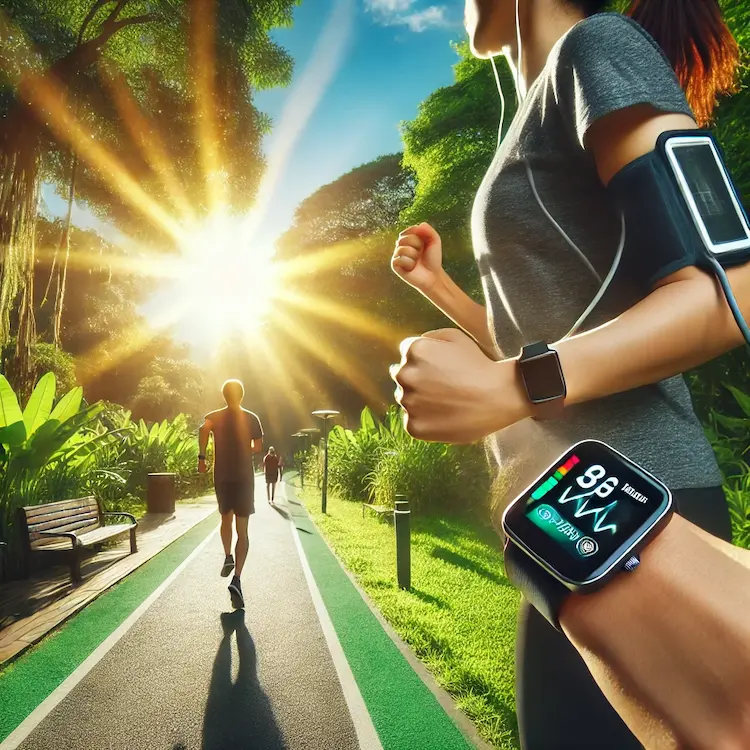Blood pressure monitoring devices are essential tools for managing hypertension and maintaining overall cardiovascular health. With the increasing prevalence of hypertension globally, these devices have become indispensable not only for healthcare professionals but also for home use. This article delves into the cost of blood pressure monitoring devices, explores their importance, compares different types, and provides actionable tips to choose the right device.
Importance of Blood Pressure Monitoring Devices
Monitoring blood pressure regularly is crucial for:
Early Detection of Hypertension
- Regular checks help identify abnormal blood pressure trends early, reducing risks of stroke, heart disease, and kidney damage.
Enhanced Self-Management
Home blood pressure monitors empower individuals to track their health, encouraging adherence to lifestyle changes or medication.
Cost-Saving Benefits
Investing in a reliable device can reduce frequent hospital visits and associated healthcare costs.
Societal Impact and Statistics
- According to the World Health Organization (WHO), 1.28 billion adults aged 30–79 globally suffer from hypertension, with nearly 46% unaware of their condition.
- The global market for blood pressure monitors was valued at USD 1.2 billion in 2022 and is projected to grow at a CAGR of 9.2% by 2030.

Types of Blood Pressure Monitoring Devices and Their Costs
1. Manual Blood Pressure Monitors (Sphygmomanometers)
- Cost: $20–$50
- Pros: Highly accurate, widely used by professionals.
- Cons: Requires training to use, not ideal for home monitoring.
2. Digital Blood Pressure Monitors
- Cost: $40–$200
- Pros: Easy to use, automatic measurements, often include memory storage.
- Cons: Can be less accurate if improperly used.
3. Wearable Blood Pressure Monitors
- Cost: $150–$400
- Pros: Continuous monitoring, integration with fitness apps.
- Cons: Expensive, battery life limitations.
4. Ambulatory Blood Pressure Monitors (ABPM)
- Cost: $200–$1,000
- Pros: Offers 24-hour monitoring, highly accurate.
- Cons: Primarily for clinical use, costly for personal use.
5. Smartphone-Connected Devices
- Cost: $100–$250
- Pros: Portable, connected to apps for advanced tracking.
- Cons: Dependent on compatible smartphones.
| Device Type | Cost Range | Accuracy | Ease of Use | Best For |
|---|---|---|---|---|
| Manual Monitors | $20–$50 | High | Low | Professionals |
| Digital Monitors | $40–$200 | Moderate | High | Home Use |
| Wearables | $150–$400 | Moderate | High | Active Lifestyles |
| ABPM | $200–$1,000 | Very High | Moderate | Clinical and Advanced Use |
| Smartphone-Connected | $100–$250 | Moderate | High | Tech-Savvy Users |
Key Factors Affecting Costs
- Brand and Build Quality: Premium brands often command higher prices but offer superior durability.
- Features: Additional functionalities like Bluetooth connectivity, memory storage, and multiple user profiles increase costs.
- Accuracy and Certification: Devices certified by medical organizations (e.g., FDA, AHA) are generally pricier.
Practical Tips for Choosing the Right Device
- Determine Your Needs: Choose based on use case—home, clinical, or active lifestyle.
- Check for Certifications: Ensure the device is validated by relevant health authorities.
- Ease of Use: Opt for digital monitors if you’re a beginner.
- Consider Connectivity: Choose smartphone-connected devices for advanced tracking.
- Budget: Balance between affordability and essential features.
Health and Societal Implications
The accessibility and affordability of blood pressure monitors can significantly impact public health. Governments and organizations must promote awareness and subsidize devices for underserved populations. Such measures can lead to a reduction in hypertension-related complications and healthcare costs.
Key Takeaways
- Blood pressure monitoring is critical for managing hypertension and overall health.
- Devices range from $20 to $1,000, with options for every need and budget.
- Prioritize accuracy, ease of use, and certifications when choosing a device.
- Governments should work toward making these devices more accessible to reduce healthcare disparities.


